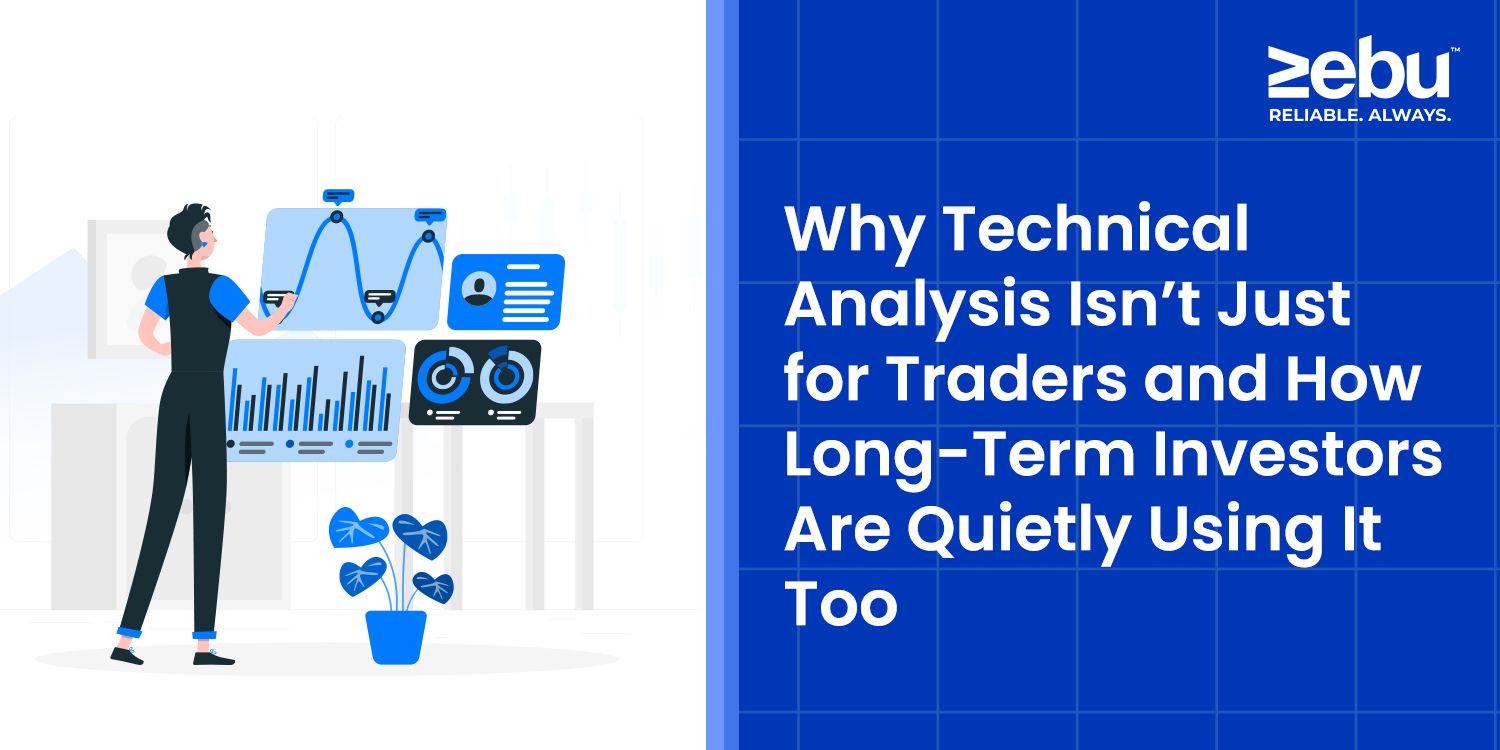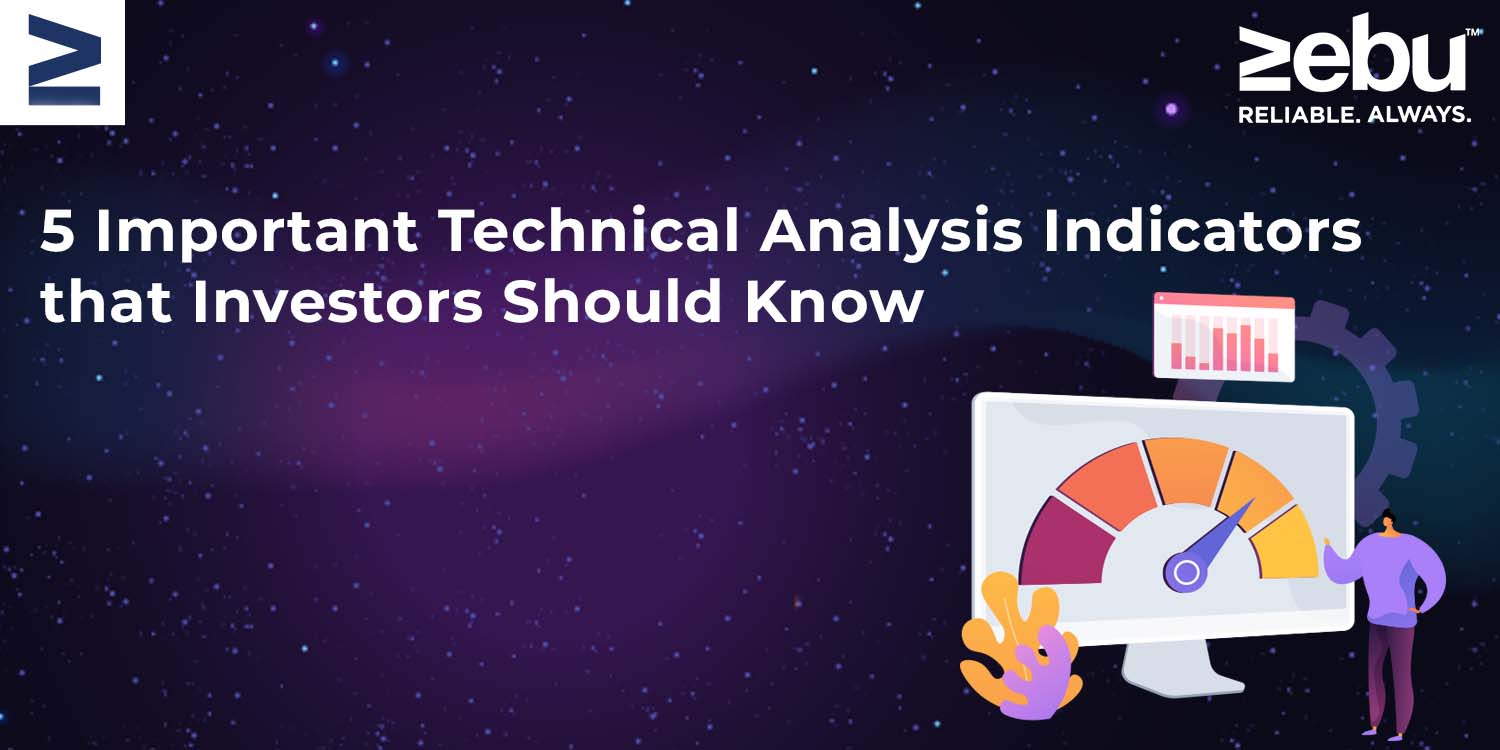
There’s this idea that floats around every new investor community—that technical analysis is only for the fast-money folks. You know, the intraday crowd. Candles, charts, scalp trades, the works.
But that’s not entirely true. And maybe it never was. Because what’s happened, quietly, is that a lot of long-term investors—not the ones yelling “buy the dip” on social media, but the quieter kind—have started borrowing from the trader’s toolkit. Not to trade more. But to see better.
And honestly? It makes sense.
What Even Is “Technical” Anyway?
At its core, technical analysis is just the study of price and volume. Not what a company says. Not what the economy’s doing. Just how the stock has moved. Where it paused. Where it collapsed. Where people seemed to care—and where they didn’t.
Some folks turn that into a full-time system. Patterns, indicators, backtests. But you don’t have to go that far to get value. Sometimes, all it takes is pulling up a one-year chart and asking: Did this stock make higher highs or lower lows? That’s not trading. That’s observation.
The Long View Still Has Patterns
Say you’re thinking of holding a stock for the next three years. Cool. But when are you entering? Random day? Or when the price’s finally stopped falling after months of drift? Some folks time their entries based on analyst reports. Others look for “support zones.” You’d be surprised how often those zones appear on basic charts—even for blue-chip companies.
It’s not about catching the bottom. It’s about avoiding entries where the floor’s still collapsing.
That’s where technicals help.
Investors Use Fundamentals. But They Don’t Live Inside Them.
Even the most patient, valuation-focused investor isn’t staring at balance sheets every week. Once you’ve done the math, what you’re watching is behavior. Does the market agree with your thesis? Is volume picking up? Did something change?
That’s chart-watching.
Maybe not with Bollinger Bands or MACD. But with intent.
Zebu’s platform, for instance, doesn’t force traders to choose. You can check earnings, then flip to a 3-month chart. It’s fluid. Not segmented. That blending—that’s how modern investing looks now.
Avoiding Painful Timing
Let’s be honest. Some investors get the company right, but the price wrong. They buy too early. Or just before a correction. And sometimes, all they needed to do was zoom out.
- “Was this stock in an uptrend?”
- “Did it just break below its 200-day average?”
- “Was there a sudden spike in volume on a red candle?”
None of that requires being a trader. Just curiosity.
Tools Aren’t Just for Trades
You don’t need to draw trendlines or scalp intraday to use RSI. Or moving averages. Even the most conservative investors use basic technical indicators to confirm if the market’s in sync with the company’s story.
It’s like checking weather before a road trip. You’re still making the journey. You’re just smarter about when you leave.
The Psychology Side No One Talks About
One reason long-term investors started checking charts? To keep their own heads calm.
When a stock drops 5% in a day, it’s easy to panic. But a glance at a chart might show you it’s just revisiting a previous support. Or still within a larger trend. That single visual—red candles stacked but staying above a known level—can be more calming than re-reading the last five annual reports.
Nobody’s Asking You to Become a Day Trader
This isn’t about switching styles. It’s about seeing more. If you use SIP calculators, you already use tools. This is just one more. Charting tools don’t tell you what to do. But they can help you frame better questions. Like: “Has this level ever held before?” Or: “Is this rally happening on volume, or just air?”
Simple stuff. But helpful.
Even Mutual Funds Use Charts
This part might surprise you. But even large institutional funds—those big, buttoned-up ones—watch technical indicators before making huge allocations. Not always for timing. But for reading sentiment. Because if a fundamentally great stock is sliding below key levels on high volume? That says something. Doesn’t matter what the PE ratio looks like.
If You’re on Mobile, It’s Even Easier
On Zebu’s mobile platform (or any serious one, really), the shift between reading a news headline and looking at a daily chart is one swipe. You don’t need to open ten tabs. Just check.
That kind of frictionless movement—that’s how technical analysis stops being intimidating. It starts becoming… normal.
Final Thought: It’s Just One More Lens
Fundamentals tell you what a company is. Technicals tell you how the market’s treating it. You don’t need to marry either. But it’s probably wise to date both. Because the modern investor? They’re not just buying a stock. They’re buying time. And tools help them spend that time better.
Disclaimer
This article is intended for educational purposes only. It is not investment advice or a trading recommendation. Zebu offers access to tools and information to support user decisions, but individual outcomes may vary. Please consult a licensed financial advisor before making financial decisions based on market data or chart analysis.
FAQs
- Is technical analysis only for day traders?
No, technical analysis for long term investors can help spot trends, entry points, and potential risks even for multi-year investments.
- Can you use technical analysis for long-term investing?
Yes, technical indicators for long term investment, like moving averages and trend lines, can guide long-term buy and sell decisions alongside fundamentals.
- How does technical analysis differ from fundamental analysis?
Technical analysis focuses on price patterns and market behavior, while fundamental analysis looks at company financials, growth, and intrinsic value.
- Does technical analysis work for long-term investing?
It does, especially when used in combination with fundamental analysis to time investments and reduce risk over time.
- Which technical indicators are best for long-term investors?
Moving averages, MACD, and RSI are popular for long-term trends, helping investors confirm market direction and avoid poor timing.




